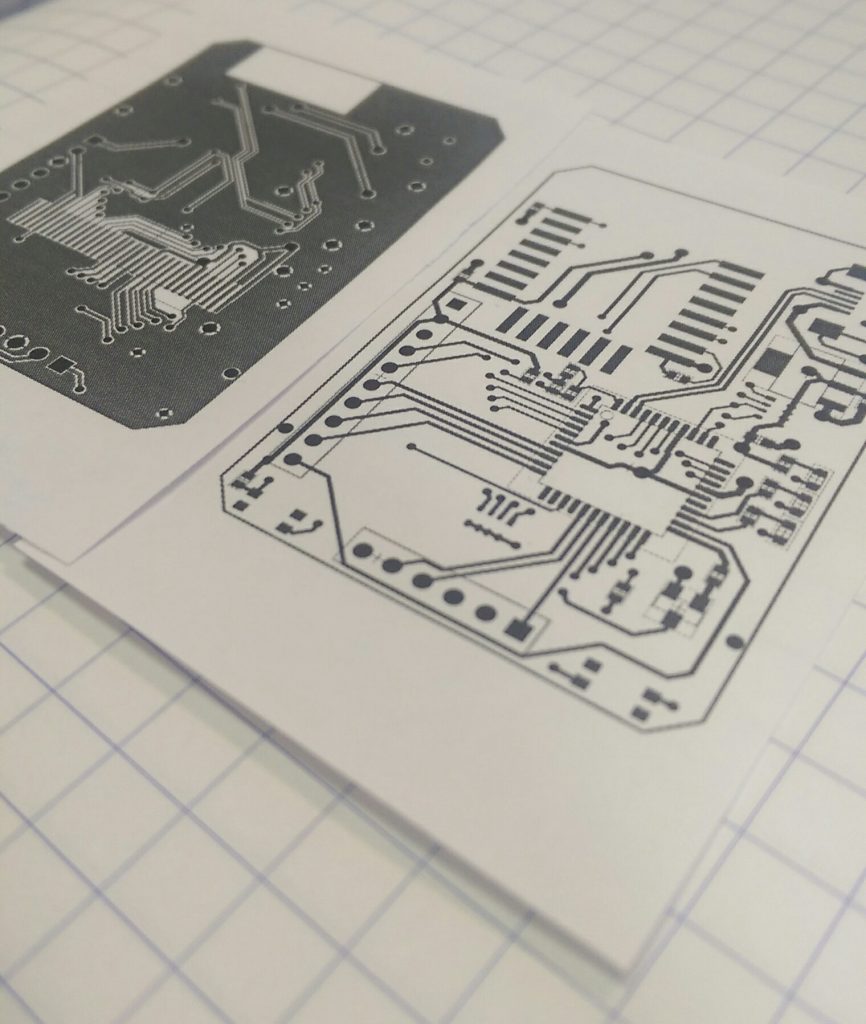Ironically, in the process of writing a really fast implementation of the WPA2 encryption scheme, it was necessary (or at least easier) to first write a really slow implementation.
Here is my wpa2slow Python module.
To be fair, the actual speed at which this hashes isn’t the point. The point is that I have an entirely native Python implementation of how the entire WPA2 algorithm works, with an emphasis on code being clean, easy to read, and forgoing any speed optimisations that hinder legibility. Judging from the quantity of misinformation I’ve seen while researching this topic, someone will find this project useful. A lot of people have been having trouble trying to fit all the pieces together, over the years.
At first, I included the pieces as mock objects for unit testing. Each of the pieces (SHA1, HMAC, PBKDF2, etc) were built up over a period of several months, vaguely mimicking the interface format of equivalent existing hashlib libraries. Unfortunately, all of the standard Python hash libraries are really inconsistent!
For example, to hash a string with SHA1, I’d use:
output = hashlib.sha1(str)
Makes sense. But to then hash it with HMAC-SHA1, I’d do:
output = hmac.new(secret, value, hashlib.sha1)
Which is pretty weird, in this context. It makes more sense when you realise that HMAC can work with multiple sub-algorithms (commonly SHA1 or MD5), and you can go multiple rounds with adding more salt. That’s not the case in my implementation, however, so copying the format was a mistake.
One thing that rests solely on my shoulders is the massive amount of debugging information, hacky fixes, and generally poor code I’d written while focusing on an entirely different problem.
If I had written it cleanly from the beginning, it would have been a lot less work, that was silly of me.
Anyway. It’s pretty decent now. Check it out, read the docs, or install it!
pip install wpa2slow

